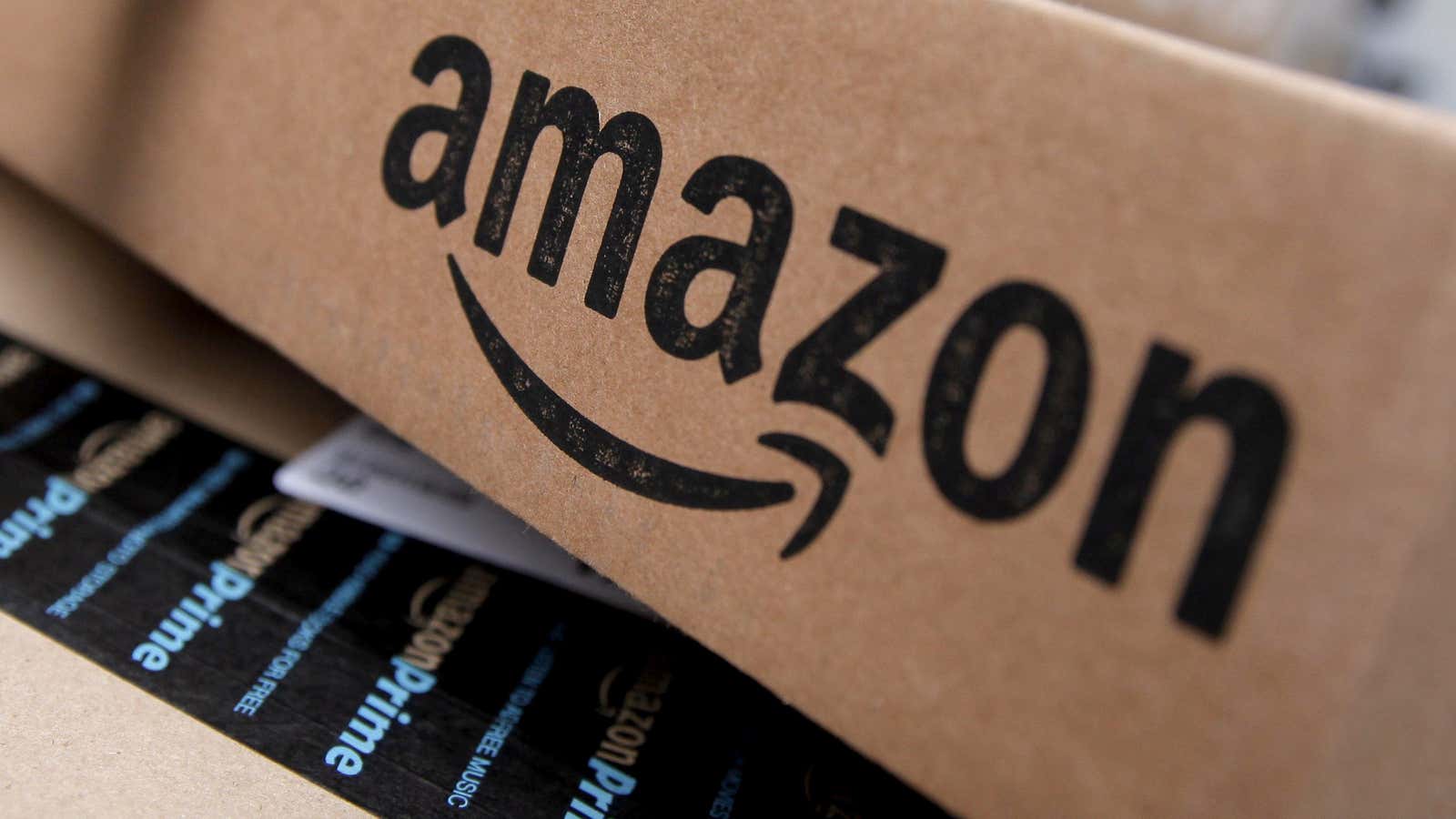We used to be more patient.
In 2012, Americans were willing to wait five and a half days for packages with free shipping to arrive. Last year, it was less than five days. In another decade, it could be no time at all.
Our expected wait time for free deliveries has been falling steadily as more and more people subscribe to Prime, Amazon’s annual membership that comes with free two-day shipping, according to research from consulting firm AlixPartners and Morgan Stanley.
In 2012, AlixPartners found that 50% of respondents were willing to wait up to a week for a package to arrive. By 2016, that had fallen to 33% of consumers. In the meantime, the share of people with super-fast expectations has been rising. In 2016, 12% of consumers said they expected free deliveries to arrive in an average of two days (the standard for Prime), up from 4% who expected that in 2012. AlixPartners surveyed a little more than 1,000 US consumers for its latest consumer shipping survey released in July 2016.
Marc Iampieri, director at AlixPartners, said the firm thinks people’s expectations are dropping by about half a day every two years. “It’s going to get to a point where it’s unrealistic, because in a few years it will be that their expectation is for shipping same-day, for free,” he said.
In a recent research report, Morgan Stanley correlates America’s faster shipping expectations with Amazon Prime’s growing membership and continued investments in its delivery capabilities. Amazon’s warehouse expansion represents more than 10% of all US warehouse leasing since 2010, according to Morgan Stanley.
Amazon, meanwhile, also keeps raising the bar. The company now offers Prime members free one-day shipping on more than a million items in over 5,000 US cities and towns. It also offers free same-day delivery on orders of $35 or more of eligible items in a limited number of metro areas.
